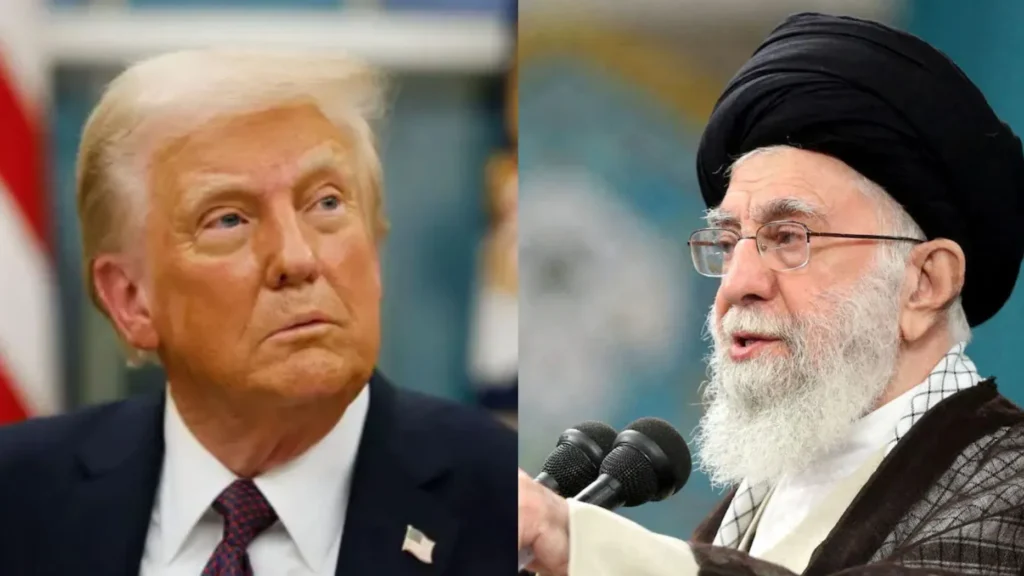Iran and U.S. Prepare for Critical Nuclear Talks in Oman
Muscat, Oman — Iran and the United States are preparing to enter a high-stakes round of nuclear negotiations in Muscat, Oman, this weekend, with discussions expected to begin on May 11. This marks the fourth round of indirect talks aimed at easing tensions over Iran’s nuclear activities and addressing the heavy U.S. sanctions that have weighed on Iran’s economy for years.
The talks, which were initially set to take place on May 3 in Rome, were delayed due to logistical complications, according to Omani officials. Oman has long played the role of mediator between the two nations, thanks to its balanced diplomatic ties and reputation as a neutral player in Middle Eastern affairs. The small Gulf nation has hosted several rounds of quiet diplomacy between Tehran and Washington in the past, and its role is once again crucial as both sides seek a diplomatic breakthrough.
Iranian state media report that the upcoming talks will last for two days — likely over the weekend — although exact scheduling details have yet to be confirmed. U.S. Special Envoy for Middle East Affairs, Steve Witkoff, has confirmed that American negotiators are working hard to hold the talks this weekend, emphasizing the urgency and importance of making progress.
Background and Objectives
The key objective of the negotiations is to revive diplomatic efforts aimed at limiting Iran’s nuclear program in exchange for lifting some U.S. sanctions. Iran maintains that its nuclear activities are for peaceful, civilian purposes such as energy production and medical research. However, the U.S. and its allies remain deeply concerned that Iran’s uranium enrichment could be diverted toward developing nuclear weapons.
Iranian Foreign Minister Abbas Araghchi has repeatedly stressed Tehran’s commitment to reaching a “fair and honorable agreement.” Speaking to local media, Araghchi stated, “Our intention is to reach a fair and honorable agreement, from a position of equality, that respects Iran’s rights and ensures mutual benefits.”

For its part, the U.S. government has made clear that any agreement must include strict limits on Iran’s nuclear program, along with robust verification measures to ensure compliance. This has been a sticking point in previous rounds of negotiations, which stalled over disagreements about how much enrichment capacity Iran should be allowed and how quickly U.S. sanctions would be lifted.
Regional and International Implications
The outcome of the Oman talks carries enormous implications not only for Iran-U.S. relations but also for the broader Middle East and global stability. Russia has openly expressed support for the negotiations, with President Vladimir Putin signaling Moscow’s willingness to assist in reaching a balanced and fair agreement. Russia, a long-time ally of Iran, has often played a backchannel role in diplomatic efforts surrounding the Iranian nuclear issue.
Despite the diplomatic push, tensions remain high. U.S. President Donald Trump, while signaling openness to a negotiated deal, has also issued stark warnings that military action remains on the table if Iran does not agree to acceptable terms. U.S. Defense Secretary Pete Hegseth has further warned Iran against its support for Yemen’s Houthi rebels, cautioning that Tehran’s regional activities could spark a wider conflict.
For its part, Iran has called on Washington to stop making threats and instead focus on building trust. Iranian officials argue that the U.S.’s “maximum pressure” campaign — a combination of crippling sanctions and military threats — has been counterproductive, hardening Tehran’s stance rather than encouraging compromise.
Future Prospects
While both Washington and Tehran claim to be committed to the diplomatic path, observers warn that the road ahead is fraught with challenges. Years of mutual suspicion, broken agreements, and regional rivalries have left both sides wary of making concessions.

However, many experts see the Muscat talks as a crucial moment to break the deadlock. Success at the negotiating table could pave the way for a broader agreement, potentially reviving elements of the 2015 nuclear deal — formally known as the Joint Comprehensive Plan of Action (JCPOA) — which collapsed after the U.S. withdrawal in 2018.
Such an agreement could not only curb the risk of nuclear proliferation but also provide much-needed relief for the Iranian economy, which has been battered by international sanctions. For the U.S. and its allies, a diplomatic solution would reduce the risk of another conflict in the volatile Gulf region and create opportunities for addressing other security challenges, such as Iran’s missile program and its regional influence.
As the world watches closely, the stakes are incredibly high. Whether this round of talks results in meaningful progress or adds to the long list of diplomatic failures will depend largely on the willingness of both sides to compromise and build a foundation of trust. The international community, particularly Europe, Russia, and China, will also play important roles in supporting — or undermining — the fragile negotiations.
For now, all eyes turn to Oman, where the next chapter in the long-running Iran-U.S. nuclear saga is set to unfold.
For more information click here
UAE’s $659 Billion Project Pipeline: A Glimpse into the Future


